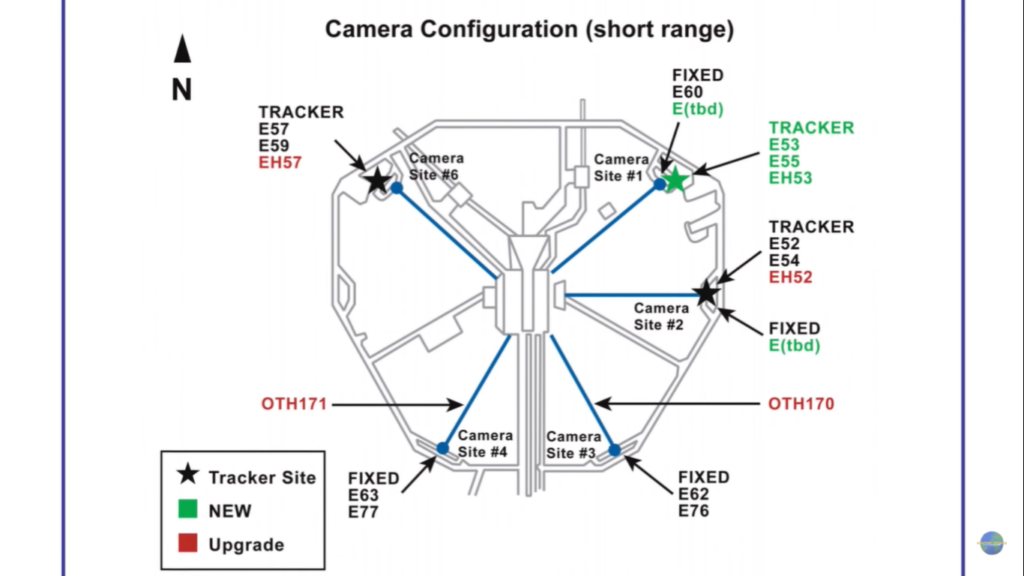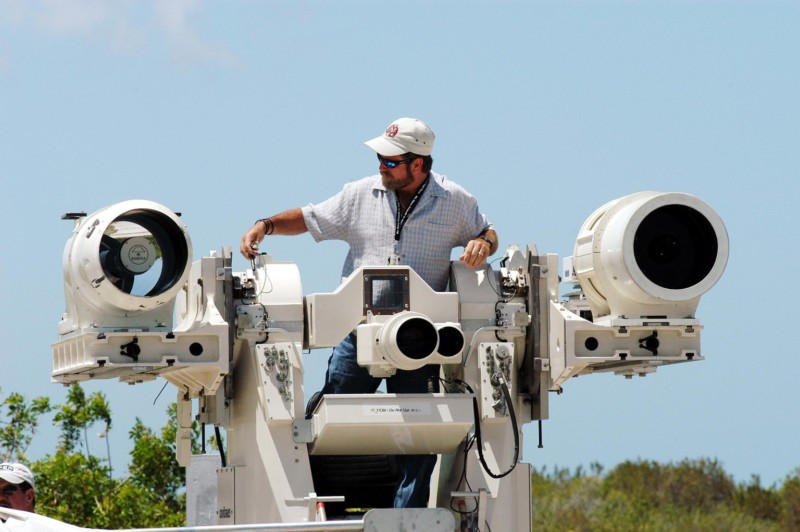Those of us SpaceX fans that have been following the launches for a while now will be well accustomed to seeing incredible camera shots like this.
These super high detailed shots provide a great spectacle during the launch procedure, stage separation and the always exciting landing procedure.
But how are we able to get these amazing shots?
Here we’re going to dive in and look at what makes a shot like this so difficult in the first place.
Read More: GAGANYAAN, INDIA’S FIRST MANNED SPACE FLIGHT, TO CARRY 3 ASTRONAUTS FOR 7 DAYS
We’re also going to talk about the equipment that’s used and how it was used in the past.
Say you’ve got a camera and you’re trying to film a rocket that is 60km away and is moving at 5,000km/h. Firstly, a standard telephoto lens will only have a maximum focal length of around 1,000mm.
In order to get a 70m tall rocket which is 60km away to fill up the entire frame you would need a lens with a focal length of at least 10 times that.
Secondly, in order to get smooth tracking shots, the camera needs to pan upwards in perfect sync with the rocket.
That is easier said than done because the smallest of movements done by the camera translate to huge movements at the other end where the rocket is.
SpaceX makes use of 3 main launch facilities.
- Launch complex 39A at the Kennedy Space Centre
- Complex 40 at Cape Canaveral
- Complex 4E at Vandenberg Air force Base in California.
All of these launch facilities go way back to the early space days of the 60’s and 70’s.
Read More: WHY SPACEX BOUGHT A ROBOTIC DOG NAMED ZEUS FROM BOSTON DYNAMICS
Each launch pad is surrounded by several long-range tracking cameras that look a little bit like this.

These are kineto tracking mounts which were first developed for use in the military to track down aircraft and missiles.
Back in the Apollo days, rigs like this would be controlled by a skilled operator to track the Saturn 5 rocket as it screamed into sky.
Back then, the skill of the operator was responsible for keeping the camera array pointed in the right direction.
Read More: JUPITER’S RED SPOT! HOW POWERFUL IT IS?
Today, a lot of the tracking functions are automated or semi-automated. These Kineto mounts can easily be controlled remotely by an operator at mission control.

They can also take just about any camera you can imagine and become the world’s most expensive tripod.
Rocket companies use these tracking cameras to provide great coverage of their launches, but these expensive cameras are also used to analyze their rockets as they go through the most difficult parts of their missions.
NASA uses a mix of digital and film cameras on these mounts. The short-range tracking cameras make use of high-speed frame rates and shutter speeds which are useful for rocket companies to analyze their rockets in great detail during the launch sequence.
They also make use of some Infrared Temperature cameras to measure the heat of the spacecraft as it burns through the atmosphere on re-entry.
Cameras like these have played an important role in disaster investigations. Tracking cameras were able to show that a falling piece of debris ripped a hole into the Space Shuttle Columbia flight which caused it to disintegrate on re-entry, sadly killing the entire crew.
NASA reviewed the footage and put new procedures in place to ensure that the Shuttle was safe to re-enter the earth’s atmosphere.
According to NASA, they even have some film cameras placed around their launch sites loaded with over 1,000 feet of film each.
Read More: HOW WAS THE MOON LANDING BROADCASTED LIVE?
Of course, they also have the latest of camera technology capable of streaming a 4K video feed live to the world.
This is how we are able to view these amazingly clear shots as they are happening. We really have come a long way!
So, there you have it, the method behind filming and broadcasting a rocket launch is actually very difficult. As the technology of the tracking systems and the cameras continue to improve, we can look forward to seeing more amazing shots like this.
Additional Resources:
Checkout all upcoming launches here.
